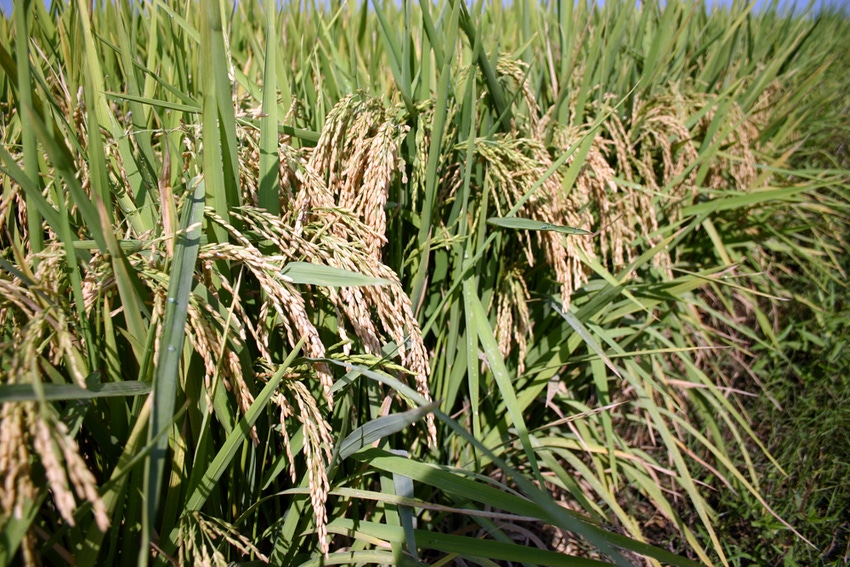March 2, 2013

A warm winter apparently has allowed blast disease to survive on rice plants that lived through this winter’s warmer-than-usual temperatures.
Many farmers reported blast outbreaks in their fields last year that affected yield and grain quality.
Don Groth, LSU AgCenter pathologist, said he inspected a field last week near the Rice Research Station where the variety of CL261 was grown last year. The plants have survived the winter, and they were greening up.
“It had started to sprout again because of the warm, wet weather,” Groth said. “I walked about 5 feet into the field and found blast lesions.
He said he brought the infected plant tissue back to his lab and placed the material in a sealed chamber. He found that blast spores were being produced.
With colder temperatures that would have killed harvested rice, the blast would not be found thriving on the plants, he said. “That fungus needs live tissue to sporulate.” But so far, the winter of 2012-13 has brought only a few frosts, he said, like the winter of 2011-12.
Groth said farmers should be on alert against blast. “The fungus is already active as soon as we plant the new crop,” he said. “There will already be spores present.”
Groth said farmers should plant early and flood fields as soon as possible. He also said excessive amounts of fertilizer should be avoided, and scouting should be done often to monitor the growth stages of the crop.
Then, plan on using a fungicide. If blast-susceptible varieties are used, two applications will be required, he said.
Groth said hot, dry weather will slow down blast.
Steve Linscombe, LSU AgCenter rice breeder, said farmers would be prudent to consider varietal differences when deciding what to plant. “We definitely know, based on previous work and the experience we had last year, that we have some differences in susceptibility and resistance.”
He said the variety Catahoula showed good resistance, but seed is in short supply.
Good resistance was found in CL111 last year, he said, while varieties Mermentau and Cocodrie had moderate susceptibility. An adequate seed supply of those three is available, he said.
Cheniere was more susceptible than Mermentau and Cocodrie. On the other hand, CL151 and CL261 were highly susceptible, he said.
Linscombe said farmers will have to be vigilant about keeping a flood on their fields. “The best condition to minimize blast is to maintain a fairly deep flood. This is especially important from green ring on.”
If a levee breaks and a flood is lost, a dry field can quickly lead to a blast outbreak. “A field doesn’t have to be dry for very long,” he said.
Linscombe said by the green ring stage, a rice plant’s tillers are formed so deeper water doesn’t affect a crop’s development by then.
About the Author(s)
You May Also Like




